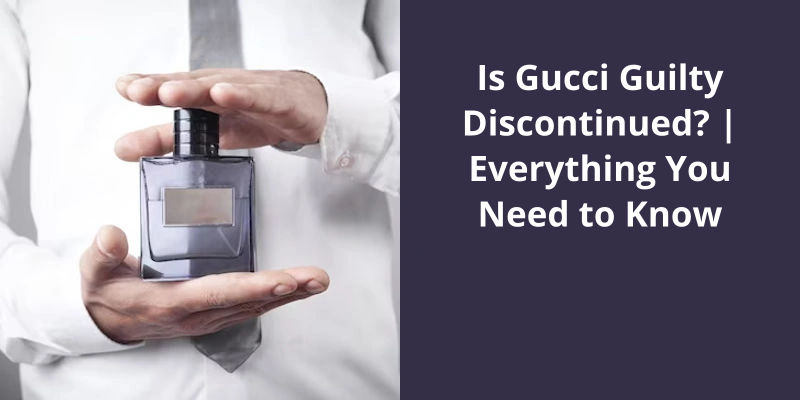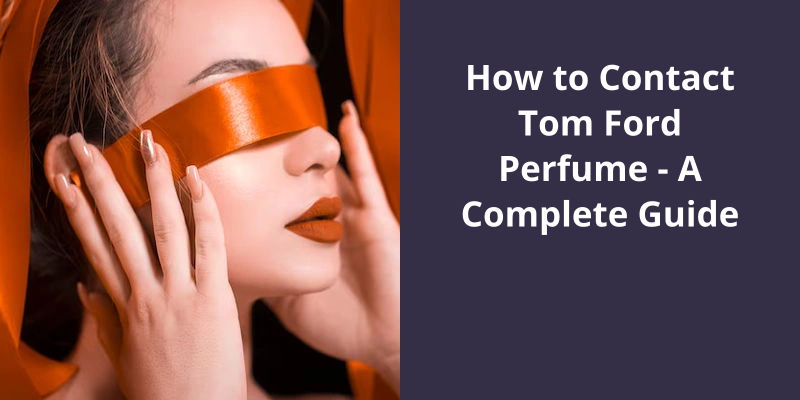Arabian Oud, also known as Oudh or agarwood, is a prized and highly sought after fragrance ingredient derived from the resinous heartwood of the Aquilaria tree. It’s deep, rich, and intoxicating scent has been cherished for centuries in Arabian culture and is often considered the "king of perfumes." However, due to it’s rarity and high cost, many individuals are on the lookout for alternative fragrances that possess similar characteristics to Arabian Oud. These substitutes aim to capture the essence and allure of this precious scent, offering a more accessible option for perfume enthusiasts and those desiring a similar olfactory experience. These alternatives, often referred to as "equivalents," showcase a harmonious blend of woody, balsamic, and resinous notes, providing a reminiscent experience of the luxurious Arabian Oud.

What Is the Difference Between Oud and Oudh?
Oud and Oudh are two terms that are often used interchangeably in the world of perfume, but there’s a slight difference between the two. Oud, also known as Oudh or Agarwood, is derived from the resinous wood of the tropical Agar tree, specifically the Aquilaria species. This tree is native to the regions of Assam in India, as well as Southeast Asia.
The extraction process for Oud involves distilling the wood chips or resin to create a rich, dark, and highly aromatic oil. The fragrance of Oud is captivating and complex, with woody, smoky, and leathery notes. It’s often referred to as the “liquid gold” of perfumery due to it’s high value and rarity.
Pure Oudh oil is considered one of the most valuable and sought-after perfume ingredients in the world. It’s rich and intense scent makes it highly desirable in the perfumery industry, where it’s often used as a base note to add depth and character to fragrances.
One of the reasons for Oudhs high price tag is it’s scarcity. The Aquilaria tree is quite rare and only becomes infected with a specific type of mold that triggers the production of resin when it’s under stress. This process can take several years, and not every tree will produce the desired quality of Oud.
These synthetic Oud fragrances often contain a blend of other ingredients that imitate the scent profile of Oud, but they don’t contain the actual natural oil extracted from the Agarwood.
While synthetic Oud fragrances can provide a similar olfactory experience to natural Oudh oil, they may lack some of the depth, complexity, and richness that only the real thing can provide.
The History and Cultural Significance of Oud and Oudh
Oud, also known as oudh, is a fragrant and highly prized resin produced from the agarwood tree. It’s a long history and holds significant cultural value in many regions of the world, particularly in the Middle East and Southeast Asia.
The use of oud dates back thousands of years, where it was used in religious rituals, traditional medicine, and as an exquisite perfume ingredient. In Arabian culture, oud is regarded as the “scent of paradise” and is deeply rooted in their traditions and customs.
Oud is often associated with opulence and luxury due to it’s rarity and complex fragrance profile. It possesses a rich, woody aroma with hints of sweetness, smokiness, and earthiness. The scent of oud has a profound impact on the senses and is believed to have calming and spiritual properties.
Due to it’s significance and popularity, oud has become a symbol of prestige and high social status. It’s commonly used in the creation of perfumes, oils, incense, and other scented products. The process of extracting oud is meticulous and time-consuming, making it a highly sought-after and expensive commodity.
While there’s no exact equivalent to Arabian oud, various other fragrances try to capture the essence of oud by blending different ingredients to create similar notes and nuances. Some examples include agarwood-based perfumes, woody scents with smoky undertones, and fragrances that feature spices and floral elements.
The allure of oud continues to captivate fragrance enthusiasts worldwide, as it’s timeless appeal and cultural significance remain as influential today as they were centuries ago.
Arabian Oud, a renowned fragrance company, faces competition from various industry players such as Robertet, Millanel Cosmetica, Rasasi, and Jacques Bogart. These companies, similar to Arabian Oud, strive to create exceptional scents and cater to the diverse preferences of fragrance enthusiasts. From crafting unique perfumes to offering innovative products, these competitors align closely with Arabian Oud’s passion for delivering exquisite aromatic experiences.
What Is Similar to Arabian Oud?
When it comes to fragrances and perfumes, Arabian Oud is a widely recognized and beloved brand. However, it’s always interesting to explore and discover similar companies that offer comparable scents and experiences. One such competitor is Robertet, a French fragrance and flavor company that’s been in the industry for over two centuries. Known for their expertise in creating complex and exquisite scents, Robertet is a strong contender when it comes to finding perfumes similar to Arabian Oud.
Another noteworthy contender is Millanel Cosmetica, a Spanish company that specializes in producing high-quality perfumes and cosmetics. Millanel Cosmetica is known for it’s attention to detail and use of luxurious ingredients, making it a great alternative for those seeking fragrances similar to Arabian Oud.
Rasasi, a United Arab Emirates-based company, is also a notable player in the fragrance market. With a vast range of scents inspired by Arabian traditions, Rasasi offers an array of perfumes that are comparable to those of Arabian Oud. Their perfumes often feature rich oriental notes that evoke a sense of luxury and opulence.
Jacques Bogart is another brand that offers fragrances similar to Arabian Oud. The French perfumery has been creating timeless scents for both men and women for several decades. Known for it’s elegant and sophisticated compositions, Jacques Bogart is a brand that stands alongside Arabian Oud in terms of quality and craftsmanship.
Brands like Robertet, Millanel Cosmetica, Rasasi, and Jacques Bogart all bring their unique touch to the world of perfumery and offer alternative options for those seeking similar olfactory experiences. So, explore these brands, try their scents, and embark on a fragrant journey beyond Arabian Oud.
Nabeel Perfumes: Nabeel Perfumes Is a Renowned Fragrance House Based in the United Arab Emirates. They Offer a Wide Range of High-Quality Perfumes and Oud Fragrances That Are Often Compared to Those of Arabian Oud. Their Scents Are Known for Their Depth and Longevity, Making Them a Great Alternative for Fans of Arabian Oud.
Nabeel Perfumes is a renowned fragrance house based in the United Arab Emirates. They offer a wide range of high-quality perfumes and oud fragrances that are often compared to those of Arabian Oud. Their scents are known for their depth and longevity, making them a great alternative for fans of Arabian Oud.
Arabian Oudh, a fragrance known for it’s rich and exotic aroma, captivates both men and women with it’s unique composition. Opening with a delightful blend of Blueberry and Anise, it sets a vibrant and fruity tone. As the scent evolves, Cashmere Wood, Floral Notes, and Rosemary come together to add depth and complexity. Finally, the scent settles into a warm and inviting base of Amber, Honey, and Musk, leaving a lingering trail of elegance and allure.
What Does Arabian Oudh Smell Like?
Arabian Oudh, also known as Oud or Agarwood, is a fragrant resinous wood that comes from the Aquilaria tree, found predominantly in Southeast Asia. Oudh is highly valued for it’s unique and captivating scent, which is often described as rich, intoxicating, and exotic. It’s been used for centuries in traditional Middle Eastern perfumes and has gained popularity worldwide.
The fragrance of Arabian Oudh is complex and multi-layered, offering a sensory experience like no other. It combines woody, resinous, and sweet notes to create a luxurious and indulgent aroma. The top notes of Kalemat Arabian Oudh feature a delightful blend of blueberry and anise, adding a fruity and spicy touch. These opening accords pave the way for the heart of the fragrance, which showcases cashmere wood, floral notes, and rosemary. This combination creates a warm and elegant bouquet, with the floral elements adding a subtle touch of femininity.
As the fragrance develops, the base notes of amber, honey, and musk emerge, providing a deep and sensual undertone. These base notes give Arabian Oudh it’s distinctive and long-lasting quality, ensuring that the scent lingers on the skin and leaves a lasting impression. The amber adds a warm and resinous feel, while the honey adds a touch of sweetness. Finally, the musk adds a seductive and animalic element, completing the olfactory journey.
It’s highly sought after by perfume connoisseurs who appreciate it’s unique and alluring scent. It’s complex composition and high-quality ingredients make it a luxurious choice for both men and women who want to make a statement with their fragrance.
Bakhoor enthusiasts often wonder if oud and bakhoor are interchangeable terms. While oud can be used as an ingredient in bakhoor, it’s important to note that they aren’t the same. Oud bakhoor refers to the variety of bakhoor that contains varying amounts of oud, resulting in distinct fragrances and price ranges. The presence of oud in bakhoor adds a unique and luxurious touch to the overall experience.
Is Oud and Bakhoor the Same?
Oud and Bakhoor are often mistaken as being the same thing, but in reality, they’re closely related yet different. Bakhoor is a traditional Arabic incense that’s created by blending different aromatic ingredients to create a unique and captivating aroma. Oud, on the other hand, refers specifically to agarwood, which is derived from the Aquilaria tree. This precious wood is renowned for it’s distinct and luxurious fragrance.
Bakhoor blends that contain a higher percentage of Oud will be more expensive due to the cost of sourcing and extracting agarwood.
The inclusion of Oud enhances the fragrance, adding a luxurious and captivating element to the traditional Arabic incense.
The History and Cultural Significance of Bakhoor and Oud
Bakhoor and Oud hold immense historical and cultural significance in Arabian traditions. Bakhoor, often referred to as Arabian incense, is a fragrant blend of natural ingredients like wood chips, flowers, resins, and essential oils. This scented mixture is placed on burning charcoal to release an aromatic smoke that purifies the air and adds a pleasant fragrance to homes, clothing, and hair.
Oud, on the other hand, is a highly prized wood derived from the Aquilaria tree. When infected with a specific type of mold, the tree produces a resinous substance, which is then harvested and used to create Oud. This aromatic wood is renowned for it’s deep and complex fragrance, often described as rich, woody, and sweet.
Both Bakhoor and Oud are considered symbols of luxury and are deeply ingrained in Arabian culture. They’re used during special occasions, religious ceremonies, and as a personal fragrance. The lingering scent of Oud and the enchanting aroma of Bakhoor evoke a sense of tradition and evoke a connection to the rich history of the Arabian Peninsula.
Conclusion
While there may be various perfumes that claim to capture similar notes or evoke a similar feeling, nothing quite compares to the uniqueness and complexity of Arabian oud. It’s rich, woody, and resinous aroma has become synonymous with Arabian culture and serves as a symbol of tradition and heritage.





